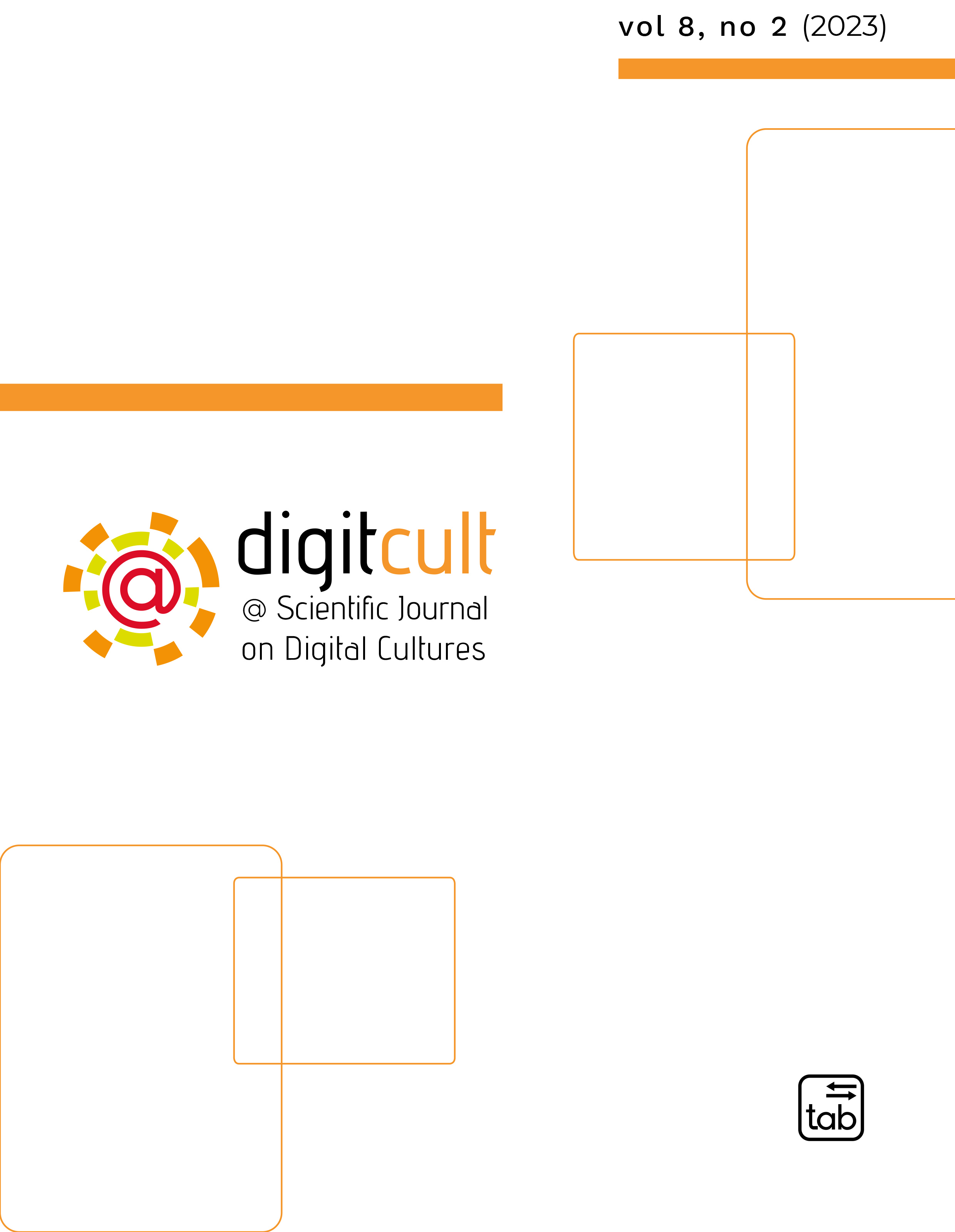Nonviolent communication and social media. Two case studies
Abstract
In this article we analyze social media interactions from the perspective of nonviolent communication (NVC). After an introduction on NVC, and in particular the theoretical-practical framework outlined by the psychologist, social activist, and educator Marshall Rosenberg, we will base our study of social interactions on the four pillars of NVC identified by Rosenberg (observation, identifying feelings, identifying needs, and making requests). We will focus our analysis on the communication of an Italian social media influencer with radical and confrontational positions, Gabriele Rubini (aka Rubio), but also the mechanisms of delegitimization and exclusion operated by more “institutional” figures, such as the mainstream journalist and TV anchorman Enrico Mentana. The idea is to study hate speech and verbal violence not as autonomous phenomena alien to the normal democratic debate but considering the relationships of epistemic injustice and the practices of political control of discourse operated by the media and, more recently, by algorithms. Nonviolent communication theory will thus serve us to contextualize verbal violence on social media in the larger framework of media and symbolic power systems that shape our discourses.
This journal provides immediate open access to its content on the principle that making research freely available to the public supports a greater global exchange of knowledge.
DigitCult is open access gold. Articles are published under a Creative Commons Attribution (CC BY-NC 4.0) licence to support maximum dissemination and use.
With the licence CC-BY, authors retain the copyright, allowing anyone to download, reuse, re-print, modify, distribute and/or copy their contribution. The work must be properly attributed to its author.
It is not necessary to ask further permissions both to author or journal board.



